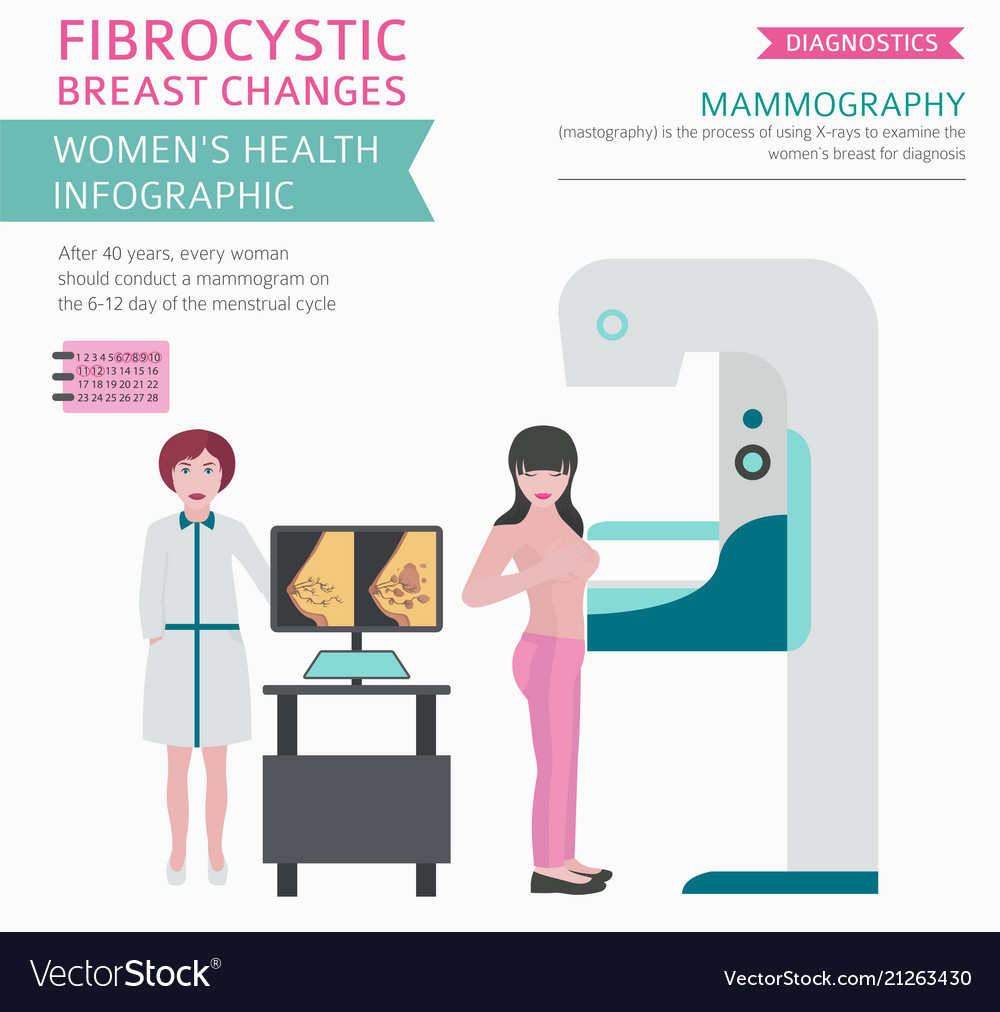

PCOS is sometimes hard to diagnose because different women experience a different combination of symptoms, some of which (like ovarian cysts) are hidden unless using special imaging tools. They may also order a vaginal ultrasound, in order to get better imaging of your ovaries and uterus. Most doctors will ask you about your symptoms, run lab work, and do a physical exam. There is no one test that can determine if you have PCOS. It's best to see a physician, so they can provide an accurate diagnosis based on your symptoms, test results, and medical history. If you've experienced irregular periods, trouble losing weight, and acne, you could have PCOS. While in the past, PCOS was viewed primarily as a reproductive disorder, we now know that it can lead to other symptoms outside of infertility. Increase the likelihood of diabetes and high blood pressure.
#PCOS AND FIBROCYSTIC BREAST CHANGES SKIN#


Specifically, the ovaries in those affected by PCOS produce abnormal amounts of androgens (a type of male sex hormone). PCOS is an endocrine disorder that affects hormones during a woman's reproductive age.
#PCOS AND FIBROCYSTIC BREAST CHANGES HOW TO#
Knowing what PCOS is can help you understand how to properly manage symptoms. In this article, we’ll cover the basics of PCOS, how it impacts your weight, and what treatment options there are for PCOS-related obesity. In fact, according to a 2010 study published in Obesity Managment, “between 40–80% of women with this condition are reported to be overweight or obese.” In addition to potentially affecting fertility, causing acne, and impacting periods, PCOS can also lead to weight gain or a difficulty losing weight. That's approximately five million women, most between the ages of 20-60. Did you know that polycystic ovary syndrome (PCOS) affects 6% to 12% of women in the United States?


 0 kommentar(er)
0 kommentar(er)
